National Portrait Gallery Acquires Earliest Known Photograph of a US First Lady
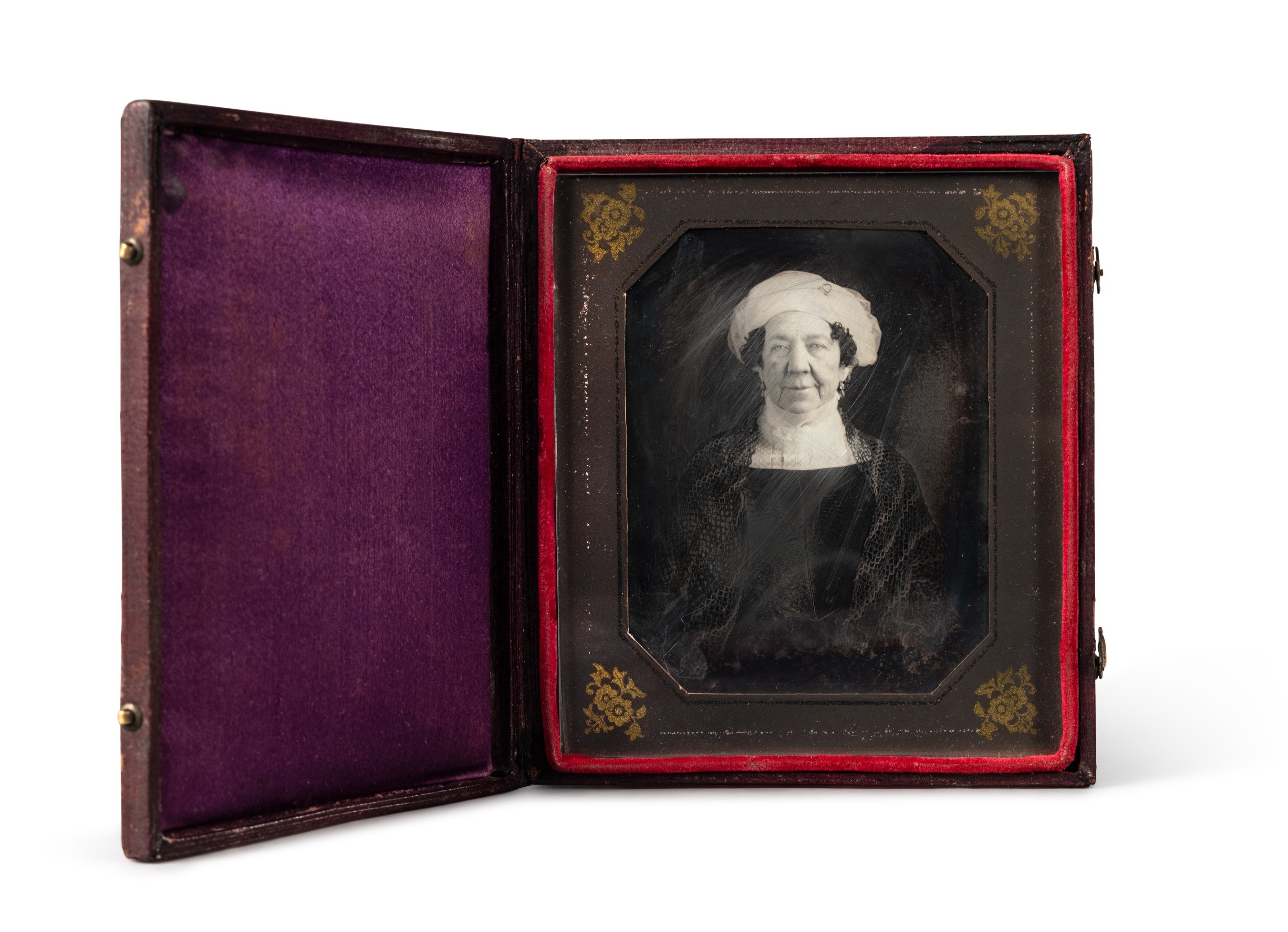
The Smithsonian’s National Portrait Gallery has made a remarkable addition to its permanent collection: the earliest known photograph of a U.S. First Lady. This rare and historically significant quarter-plate daguerreotype of Dolley Madison, dating from around 1846, was captured by John Plumbe Jr. and now joins the gallery's collection alongside the first known photograph of a U.S. President, an 1843 daguerreotype of John Quincy Adams by Philip Haas, acquired in 2017.
Described by Sotheby’s as “one of exceedingly few surviving photographs of the woman who has defined for two centuries what it means to be the First Lady of the United States of America,” this daguerreotype, encased in its original leather housing, was secured by the National Portrait Gallery for $456,000 during Sotheby’s Fine Books and Manuscripts, including Americana auction, held on June 28 in New York City. The acquisition was made possible through the support of the Secretary of the Smithsonian, the Joseph L. and Emily K. Gidwitz Memorial Foundation Endowment, and additional private funding raised by the Portrait Gallery.
Ann Shumard, senior curator of photographs at the museum, expressed her enthusiasm: “The National Portrait Gallery is delighted to have acquired this exceptional work on behalf of the nation. It will now be preserved in perpetuity for the public.”
Smithsonian Secretary Lonnie G. Bunch III remarked on the significance of the acquisition: “It is exciting to see the earliest known photograph of a First Lady, Dolley Madison, join the earliest known photograph of an American President, John Quincy Adams, in the National Portrait Gallery’s collection. This artifact will provide the Smithsonian another opportunity to tell a more robust American story and illuminate the vital role women like Madison have played in the nation’s progress.”
Dolley Payne Todd Madison (1768–1849) was in her late 70s when Plumbe photographed her, likely in the late spring or early summer of 1846. Plumbe, an English emigrant who arrived in America in 1821, turned to photography as a professional pursuit in 1840 and established studios in more than a dozen cities before selling his business in 1847. In addition to his portrait of Madison, he created the earliest known photographic record of the U.S. Capitol, producing three daguerreotypes in 1846 that captured the building before the construction of its iron dome.
Madison is credited with shaping the role of First Lady as it is known today. Raised by a Quaker family in Philadelphia, she was naturally vivacious and outgoing, cultivating strategic friendships with male politicians and their wives. Before her husband James Madison’s presidency (1809–1817), she served as an honorary hostess for President Thomas Jefferson, preparing her for her future role. Madison’s charisma and intelligence charmed politicians, making her Wednesday-night receptions at the White House the epicenter of Washington society. Her influence extended across both political and social spheres. At her funeral in 1849, President Zachary Taylor praised Madison as “the first lady of the land for half a century,” coining the term “First Lady.”
This unique daguerreotype of Madison is a significant portrait in American history, women’s history, and the history of photography. It joins the Portrait Gallery’s collection of nearly 230 portraits of First Ladies and more than 1,800 likenesses of U.S. Presidents.
In 2020, the National Portrait Gallery presented “Every Eye Is Upon Me: First Ladies of the United States,” the first major exhibition to explore the historical significance of the role of the First Lady through portraiture. Accompanying the exhibition, the Portrait Gallery co-published, with Smithsonian Books, First Ladies of the United States (2020), a richly illustrated companion to America’s Presidents (2017).
The Smithsonian’s National Portrait Gallery, located at Eighth and G streets N.W., Washington, D.C., tells the multifaceted story of the United States through the individuals who have shaped American culture. Spanning the visual arts, performing arts, and new media, the Portrait Gallery portrays poets and presidents, visionaries and villains, actors and activists whose lives tell the nation’s story. For more information, connect with the museum at npg.si.edu and on Facebook, Instagram, X, and YouTube.
Similar Posts

Savor the Season: Bulla Gastrobar Unveils a Spanish-Inspired Fall Menu

The Sound Inside Us: How Music Rewires the Mind and Restores the Soul
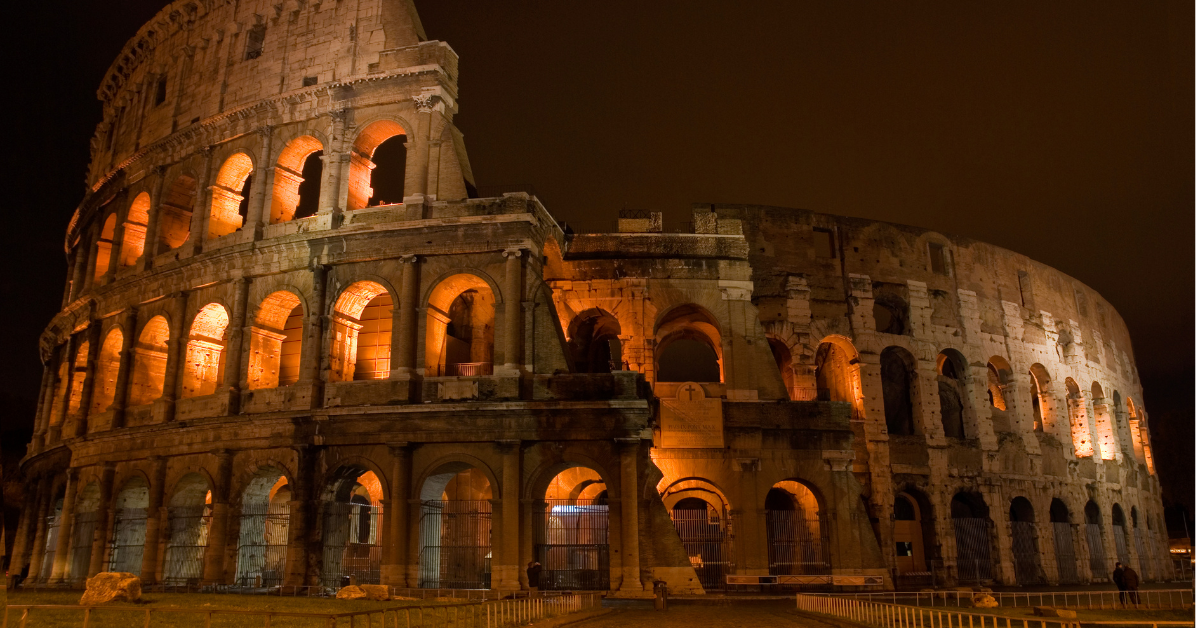
The Colosseum’s New Encore: From Gladiators to Global Music Stages
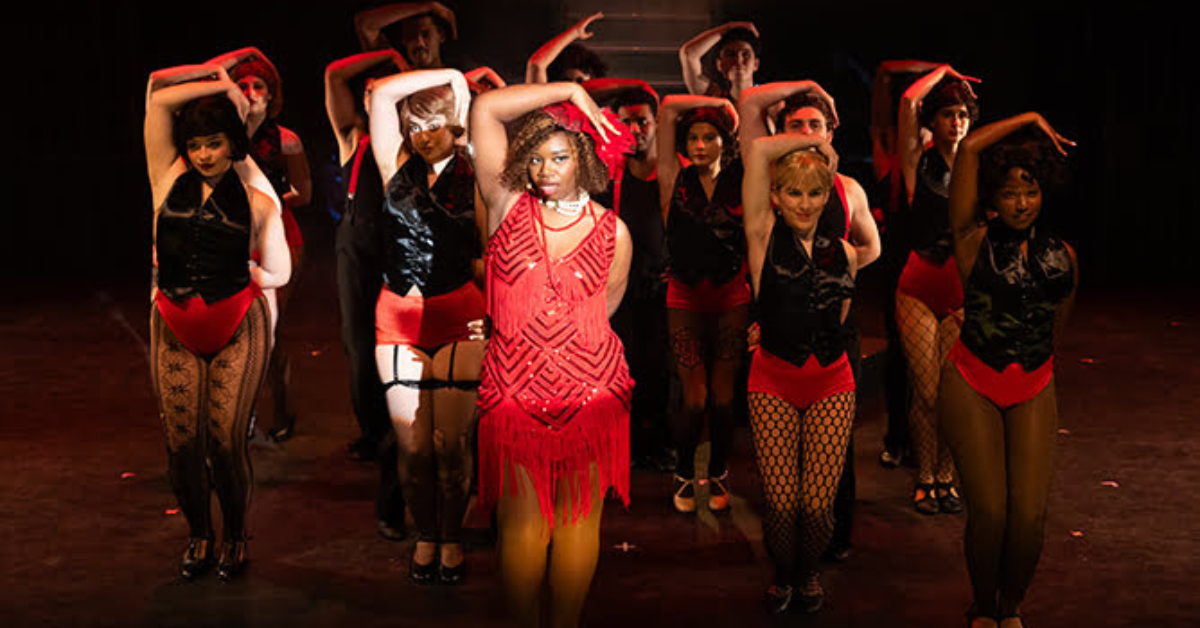
Experience World-Class Performances for Less with Tomorrow's Stars
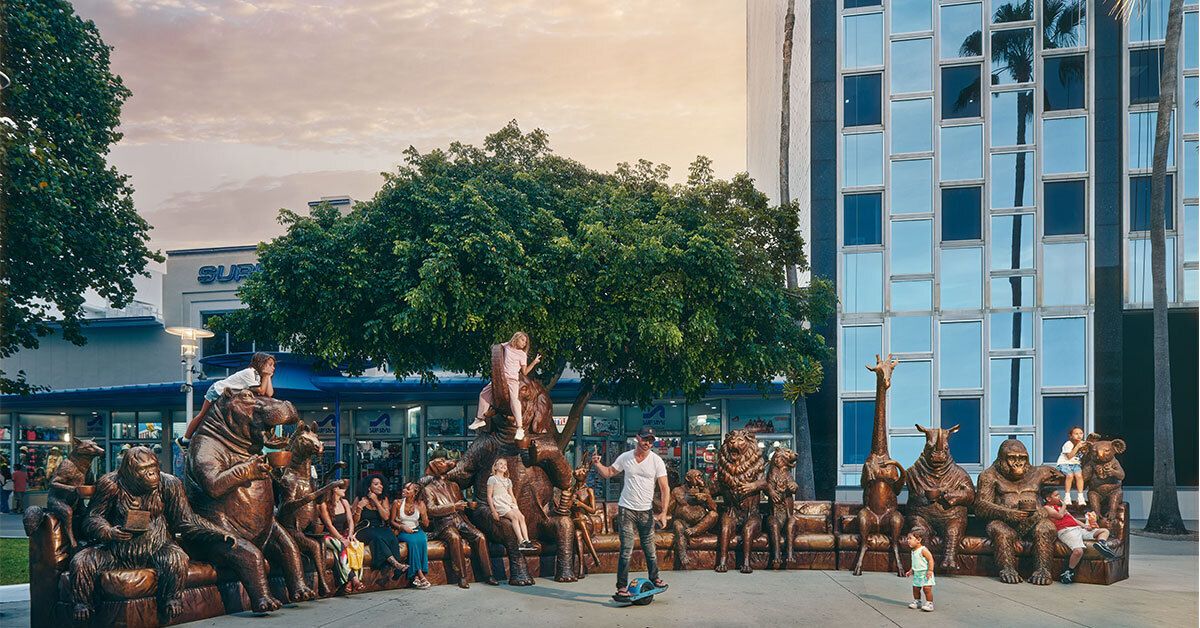
Miami's Lincoln Road Turns Into a Free Open-Air Sculpture Garden for Miami Art Week 2025
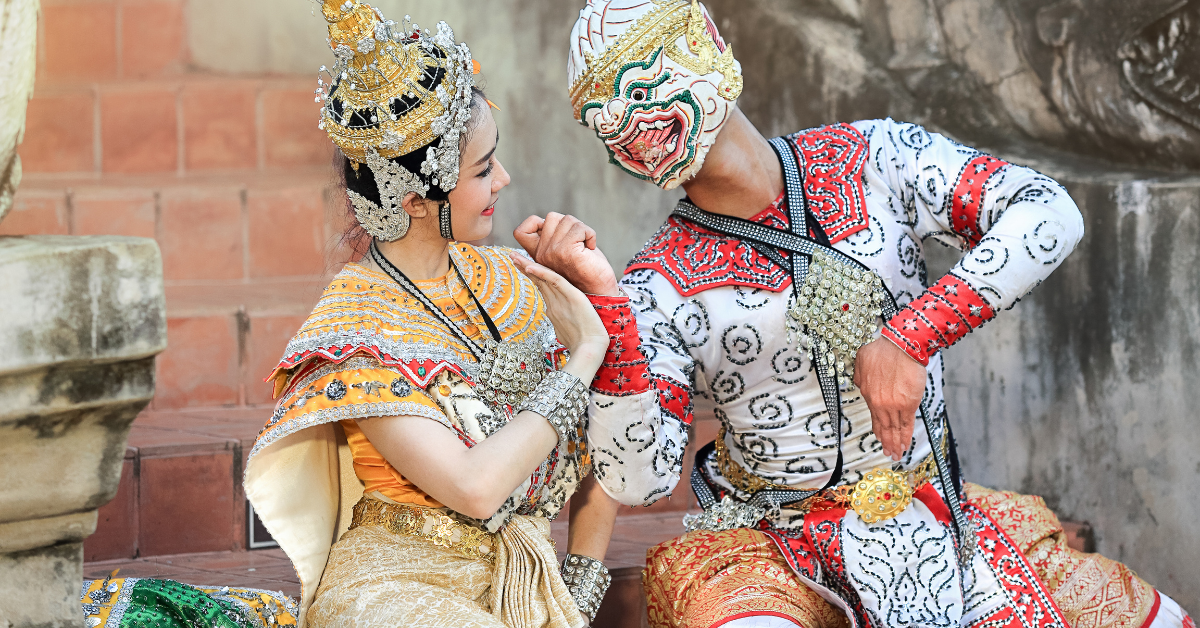
From Sacred Rituals to Global Stages: A Living History of Theater
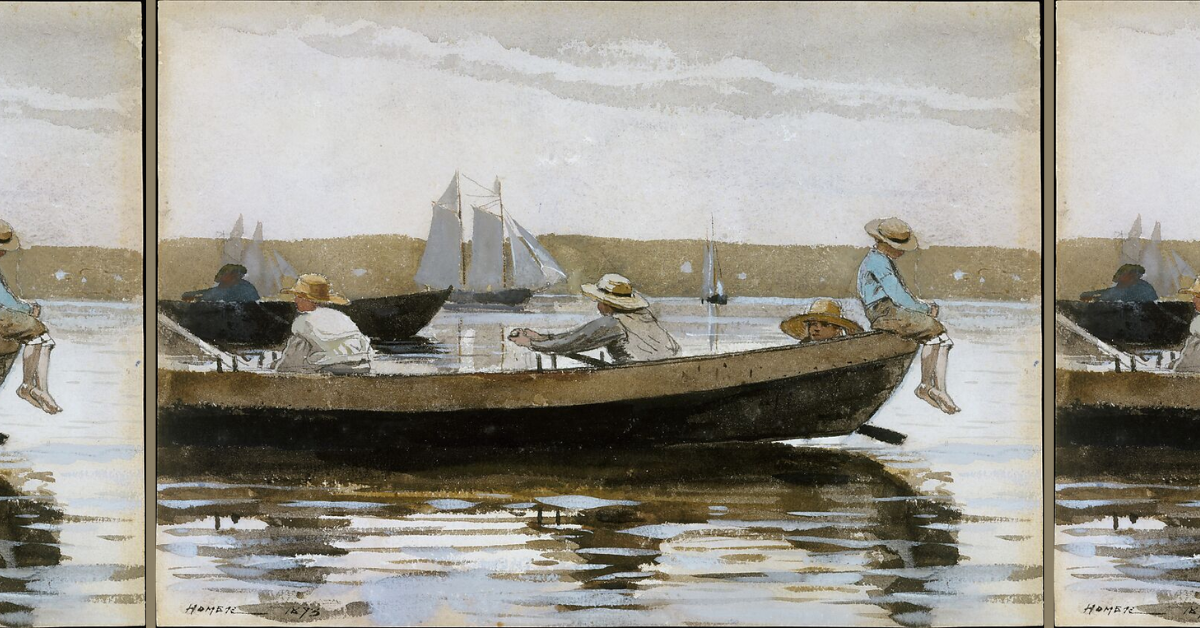
The Evolution of Culture Through the Arts
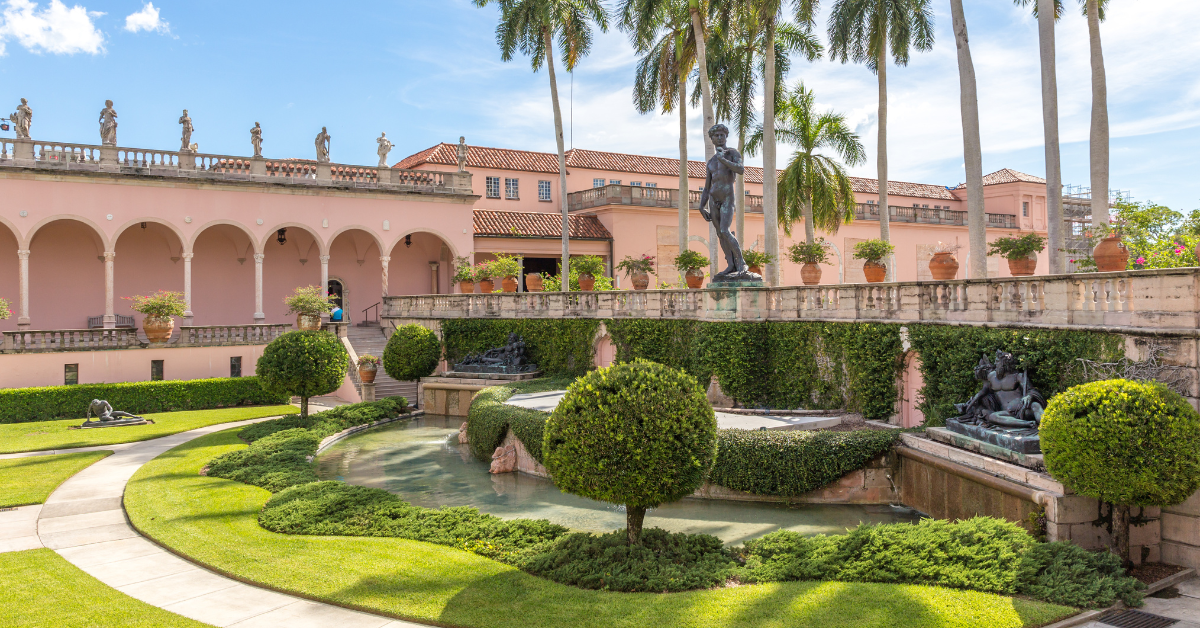
A Culture Lover’s Sarasota, Florida Guide: Art, Performance & Creative Things to Do

The Ultimate Hollywood Florida Arts & Culture Guide
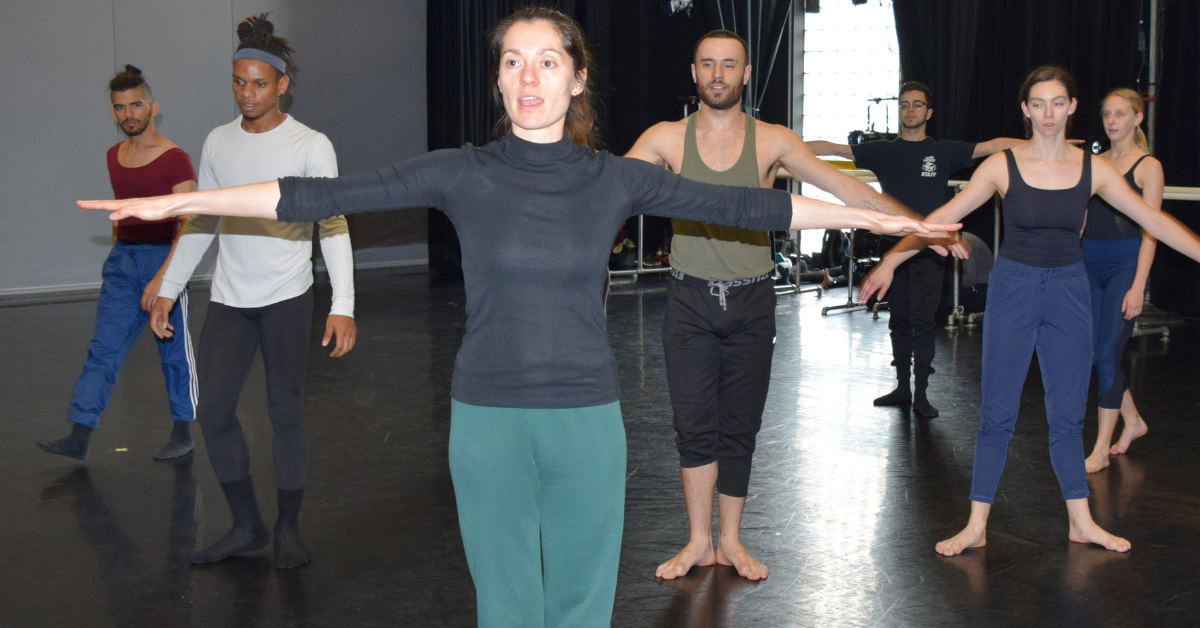
From Miami to Lincoln Center: Melissa Toogood Appointed Head of Juilliard Dance
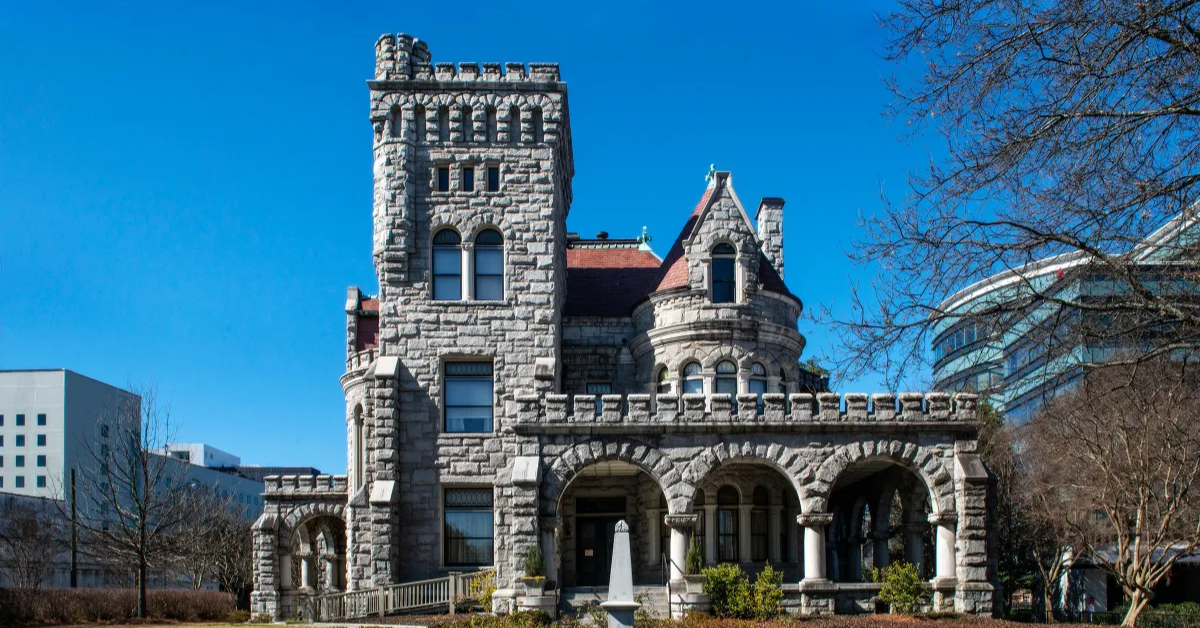
Historic Homes in Atlanta: A Timeline Through Architecture and Legacy
